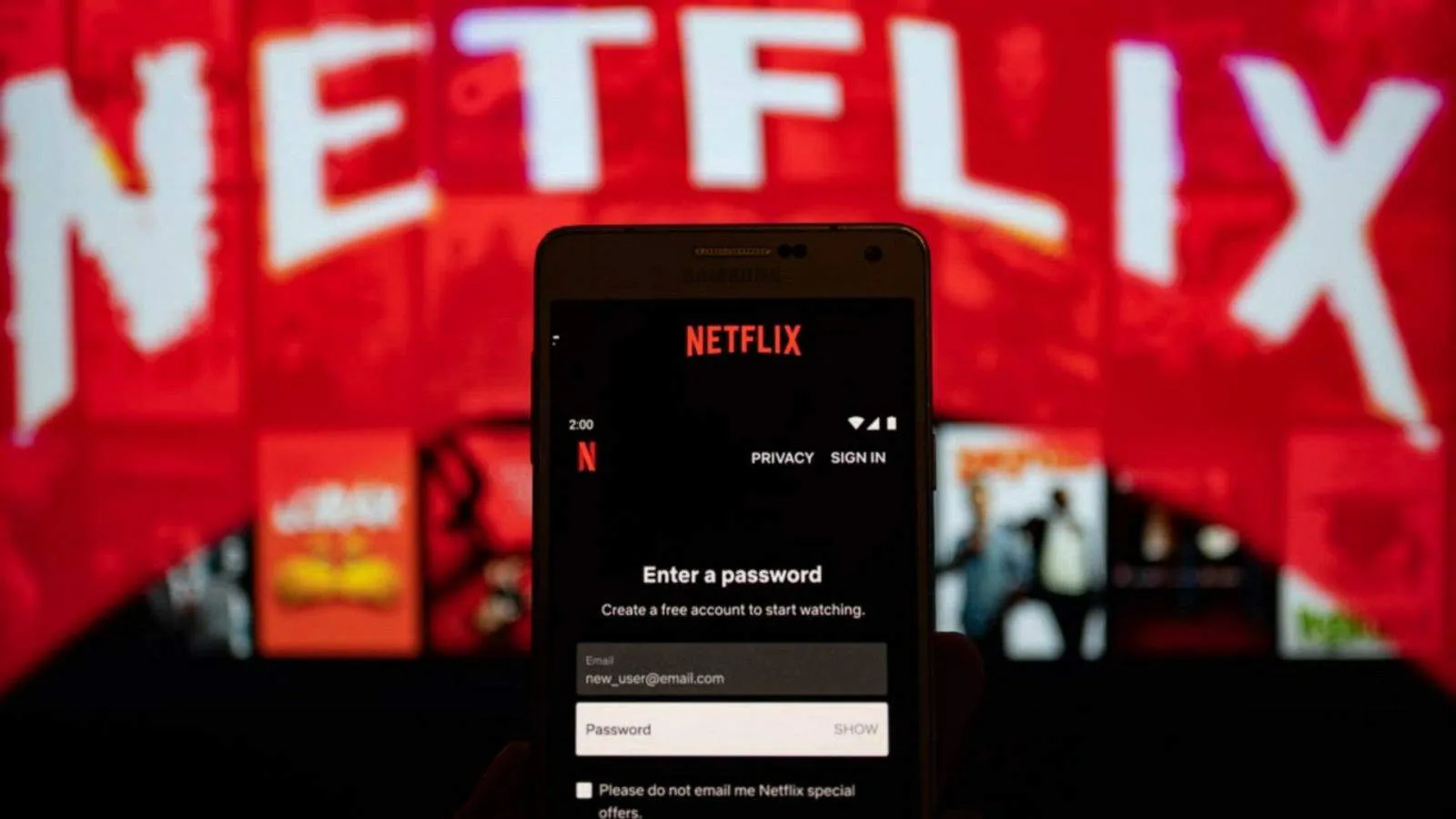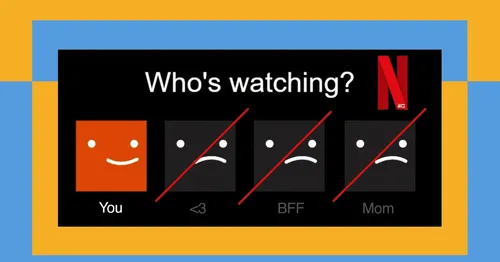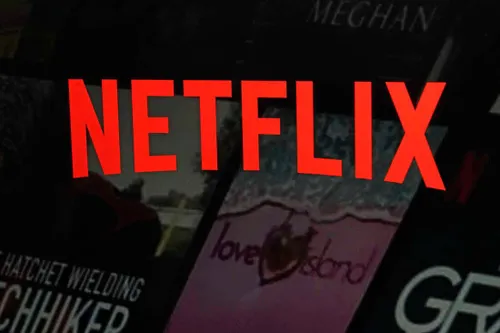Netflix's Subscribers Soar by 6 Million: The Impact of Password Sharing Crackdown
TechFriday, 21 July 2023 at 16:46

Password sharing has been one of Netflix's biggest challenges for some time now. The company was much aware of this issue, but tackling it was where they had to be careful. This is because the company could end up losing rather than winning. Other streaming platforms could also take advantage of any mistake by Netflix and grab its users.
Finally, the movie streaming platform was able to come out with a solution that looked like the perfect way to crackdown on account sharing. Netflix came up with features such as paid sharing subscription. This subscription allowed users to pay extra for account sharing. Another option was to allow users to transfer freeloaders to their own paid accounts. In this way, the user can continue their previous activities in their new accounts.
Netflix Reports Increase in Subscribers and Revenue After Crackdown on Password Sharing

According to Netflix's latest quarterly report, the company has experienced an increase in revenue, profit, and the number of paying subscribers. These figures have surpassed the forecasts and exceeded the expectations of analysts.
Netflix initiated a crackdown on account sharing, known as "paid sharing" in the United States, resulting in the addition of 5.8 million new paying subscribers. The company has confirmed its intention to tackle this issue in "almost all" of the remaining countries where Netflix operates.
Details of Netflix's New Premium Plans for Subscribers
[caption id="attachment_429258" align="aligncenter" width="1100"]

FILE - The Netflix logo is displayed on the company's website on Feb. 2, 2023, in New York. Netflix on Tuesday, May 23, 2023, outlined how it intends to crack down on the rampant sharing of account passwords in the U.S., its latest bid to reel in more subscribers to its video streaming service amid a slowdown in growth. (AP Photo/Richard Drew, File)
The 15-page report showed that users who were locked out of their friends' accounts had a low rate of cancellation. Additionally, Netflix discontinued the Basic plan in the US, the cheapest ad-free option priced at $9.99, £9.99 in the UK, and €9.99 in the EU. Instead, new and returning users can now choose from the $6.99 Standard plan with ads, the $15.49 Standard plan without ads, or the $19.99 Premium plan. The Basic plan is now only available for existing users who are currently on that plan but will lose the option to keep it if they switch to another plan in the future.
The company has been transparent about its current stance on advertising revenue - it is not relying on ads for revenue at this time. However, it is actively working on developing its ads business and collaborating with Nielsen and EDO to enhance measurement and create innovative solutions for advertisers. The goal is to make its ad service more appealing and accommodating for companies interested in investing in this new advertising solution.
Popular News
Latest News
Loading



